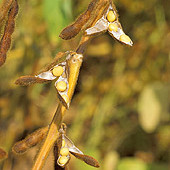GreenCut2: Algorithm to ID Plant Protein Functions
Researchers use genome sequencing to inform various cellular processes in land plants and algae, including the details of photosynthesis. Despite the access to an increasing number of plant genomes (most of which have been generated by the DOE JGI), it remains difficult to correlate protein information with function, until now. For example, identifying the role… [Read More]
